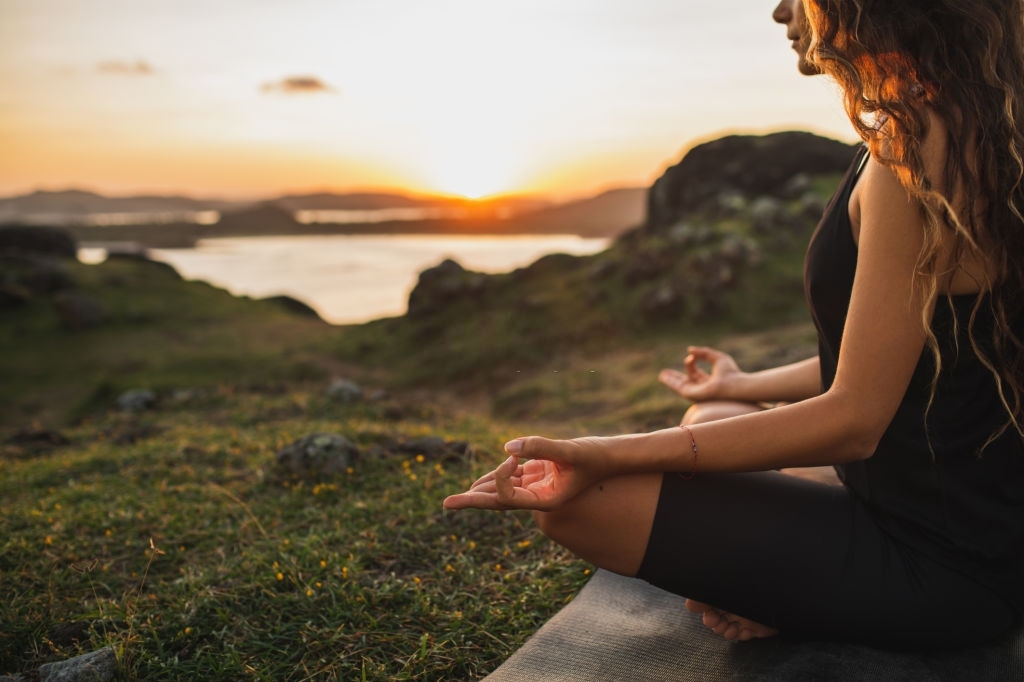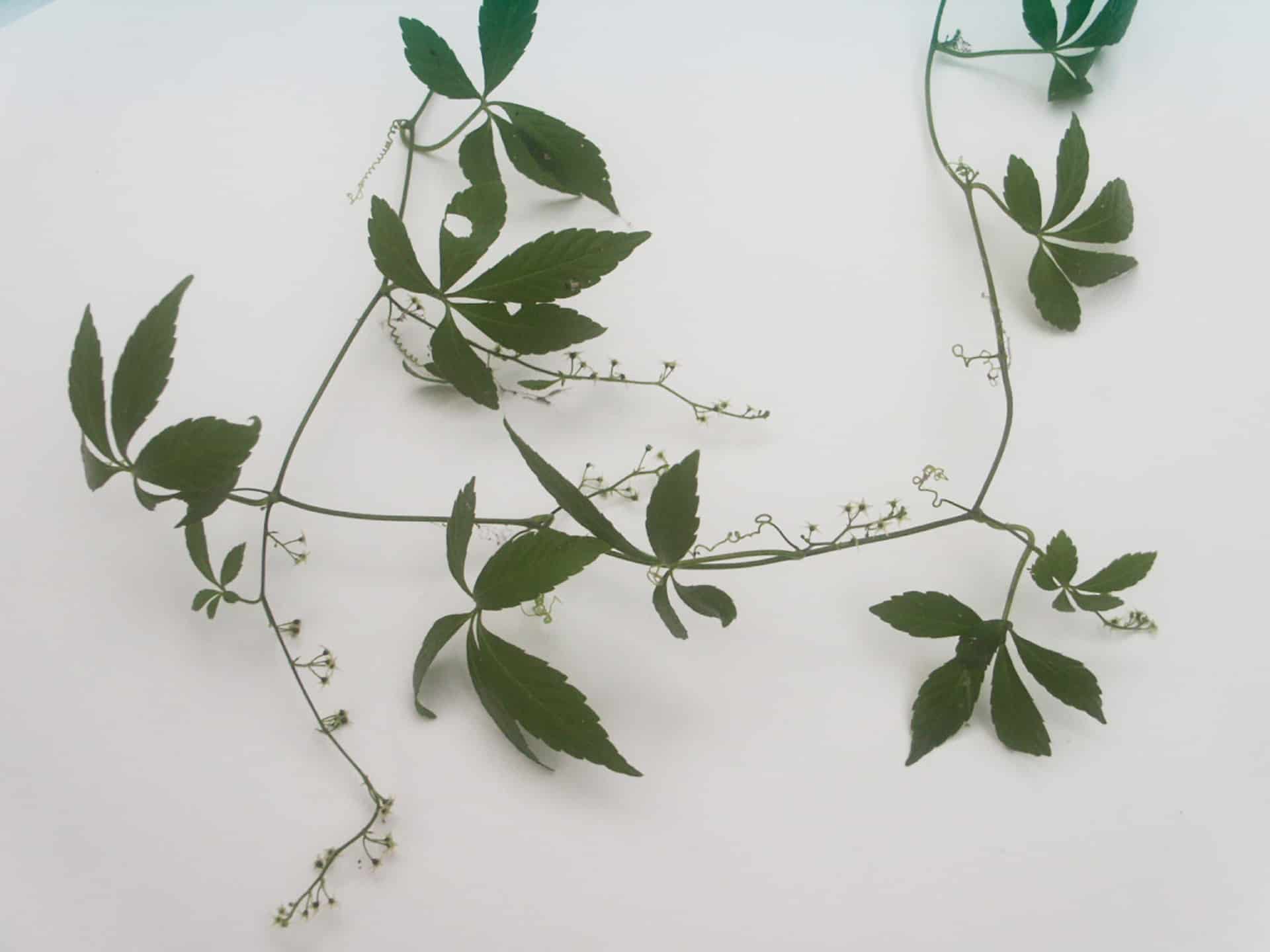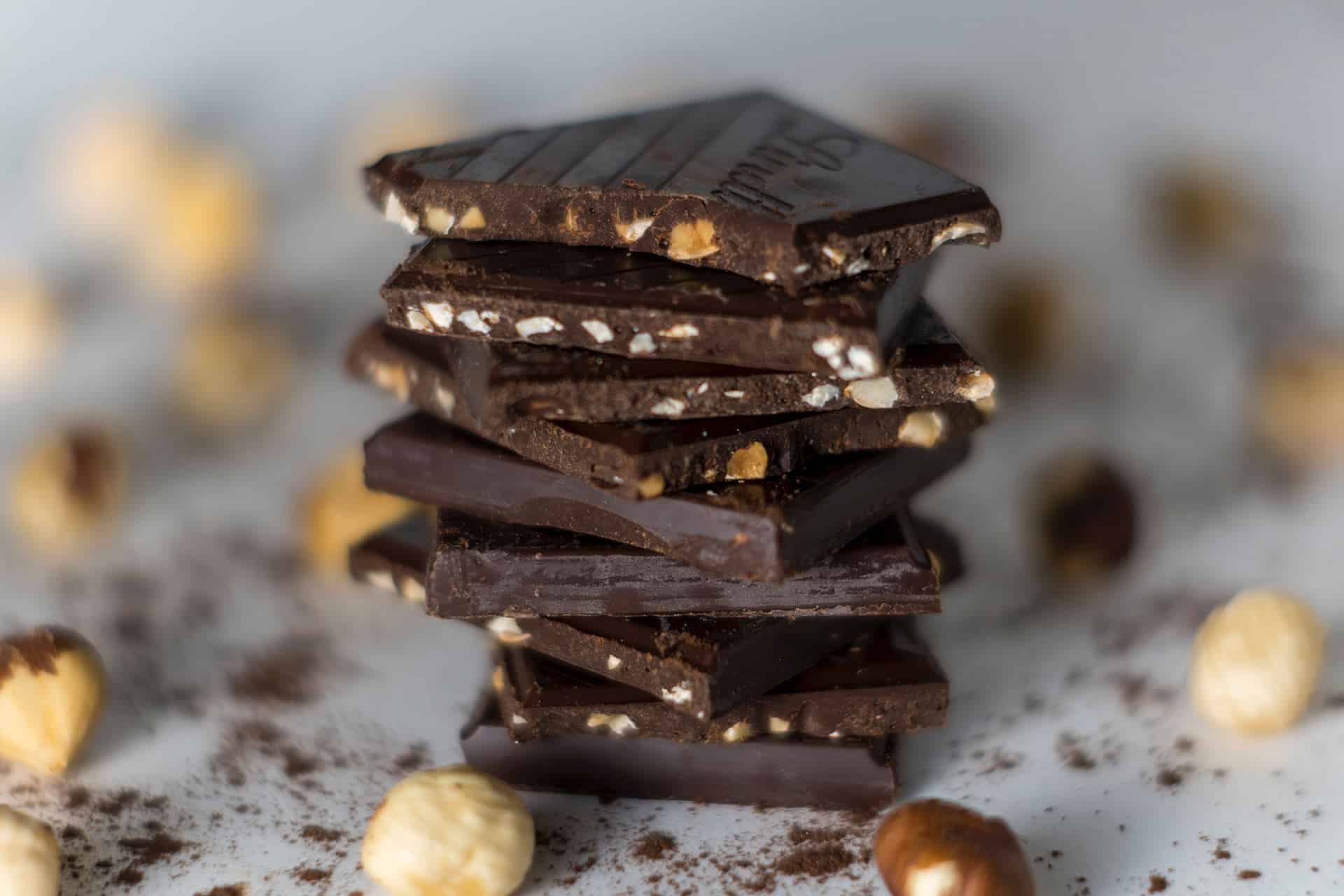Unusual Hobbies for Stress Relief
July 29, 2020
Stress is an inevitable part of our lives. Whether you like it or not even if you try to avoid it you will encounter some kind of stress in your life and you will be even more stressed thinking how stressed you are. No matter what type of stress you are in, financial, emotional, physical, or psychological stress there are better and healthier ways to cope with these stresses than to be eaten by our anxieties.
First of all, you have to acknowledge that having problems is normal and you have to face it head-on early if you want it solved as soon as possible. Having anxieties can be paralyzing but knowing that these problems will, later on, strengthen us and teach us how to live our lives better in the future.
Anxiety, fear, and stress comes from uncertainty and not knowing how to act, so by eliminating this factor will help you move towards solving it. But of course part of it is coping, and having hobbies will help you cope with these things healthily. When people think of hobbies to help relieve stress, classically people will think of taking time out to practice yoga, but there are many other hobbies that will help with this stess relief too.
So here are some unusual hobbies you could try to relieve your stress.
Start a Collection
Starting a collection, maintaining and taking care of it is one hobby that could help you with your anxiety. Having a collection will give you a sense of order among the chaos in your life. You can obsess in your collection and calm yourself with the sense of relief of completing this collection of yours. It does not have to be expensive, you can start collecting coins, rocks, or whatever you feel like collecting. Excitement brings joy to a dull and problematic life.
Listen to Music
Calming music does not have to be classical music or serene music, it can be anything you find relating to or find music that gets your groove. It may be hard to explain to others but you can find rock music or even metal music comforting despite the loud and screeching sound.

Solve a Puzzle
Surprisingly, mind-boggling and eye-crossing puzzles will bring you a sense of relaxation once you start putting together its pieces. Taking time to find the right piece will give you a breather and will pace you from your tangled and hectic mindset. You can start with small puzzles but a thousand-piece puzzle is definitely worth the time.
Adult Coloring
Same with puzzles, a coloring book is a great stress reliever. Taking time to color through different images is super relaxing. If you think coloring books are just for kids you will be surprised by the variety of coloring books for adults that are available. It is a therapeutic exercise that you should indulge in. If you think you are not good with coloring or art, you can find coloring books that are numbered that will guide you on what color to use and where to color.
Keep a Journal
Journaling is a great way to clear your mind. Sometimes we are not able to declutter our minds because we are afraid to share our thoughts with other people for the fear of being judged. But journaling is a self-reflective activity where you can express your thoughts freely and even review it in the future.
Grow Plants
The plant trend is taking over adult peoples’ lives. It is not surprising though that taking care of plants is a great de-stressor. Plants have a natural relaxing charm and nurturing another life (that does not talk back) is extremely positive to your mental health.
Costume play
Costume play or known as cosplay is not just for anime lovers, it could be anything from a series, a book, your favorite movie character… the only limit is your imagination! It helps relieve stress by dressing up and taking time to get the details of your favorite character right.








